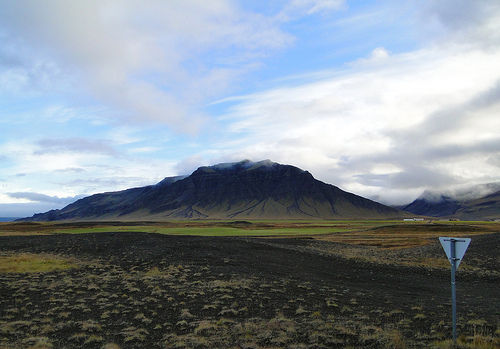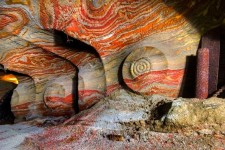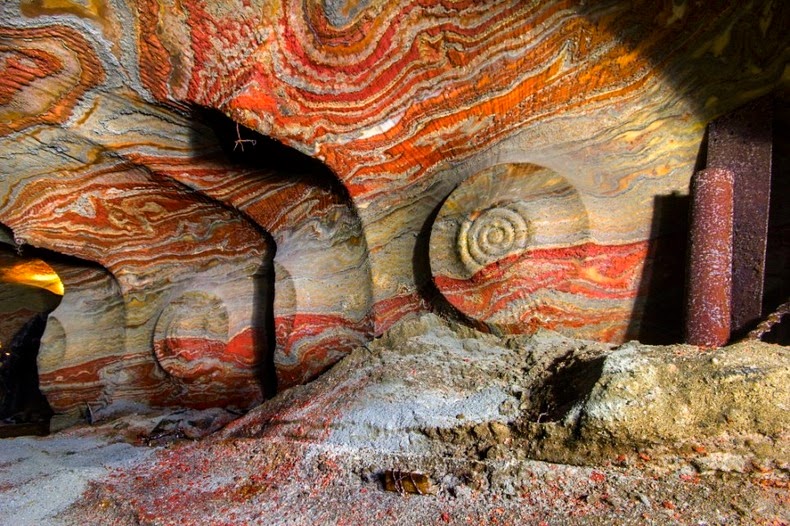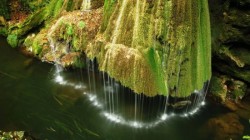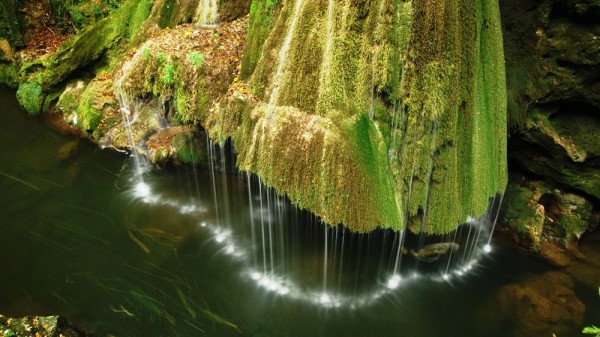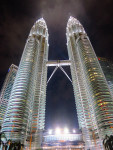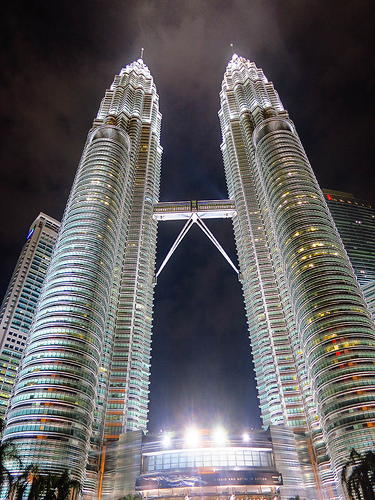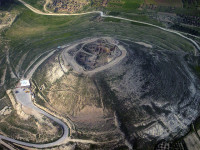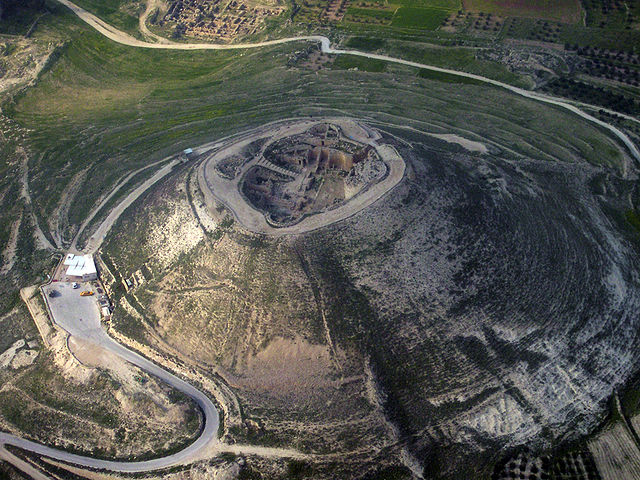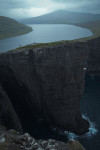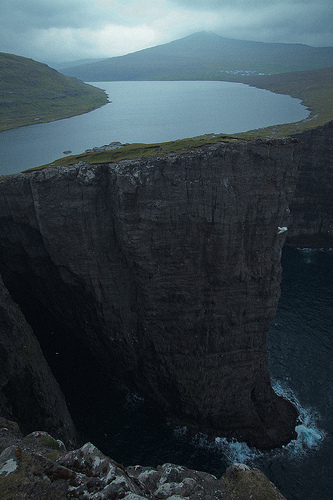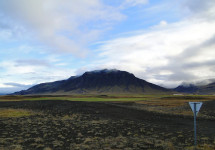
Who says ice and lava can’t coexist? Snæfellsjökull National Park says otherwise!
- Snæfellsjökull National Park is a protected area of western Iceland, that notably consists of a glacier atop an active volcano.
- The highest point in Snæfellsjökull National Park is the Snæfellsjökull volcano, also known simply as ‘Snæfell’, at 1446 metres (4774 feet) at its peak, and its crater has a depth of 200 metres (656 feet) and contains ice.
- Snæfellsjökull National Park covers an area of roughly 170 square kilometres (65.6 square miles), while nearby there is Bárðarlaug, a lake contained in a crater, designated as a natural monument; and a visitor centre promoting the natural, cultural and historical aspects of the region, located at Hellnar, not far from a nature reserve.
- The last eruption of the volcano of Snæfellsjökull National Park occurred around the 3rd century AD; and today’s visitors are able to hike up the mountain, or use a variety of tracks to drive, cycle, horse-ride or walk upon, to see other areas of the park.
- Snæfellsjökull National Park was formed in 2001, with the intent to preserve the significant natural and historical attributes, including the remnants of the farming, fishing and trade communities and associated structures, in the area.
Part of Snæfellsjökull National Park
Image courtesy of Almir de Freitas/Flickr
- Snæfellsjökull National Park features many different geological formations, including both rock and lava formations, a few craters, as well as a number of caves.
- Snæfellsjökull National Park is the only protected area in Iceland that encompasses both the edges of the island country, and mountains.
- Most of the lava fields of Snæfellsjökull National Park have a significant layer of moss across the top, and over 130 species of flora can be found in the area, which includes a number of rare plants.
- The Snæfellsjökull glacial volcano in Snæfellsjökull National Park, is often listed as one of Earth’s greatest stores of energy or spiritual power, and the glacier has been inspirational to many creative people.
- Wildlife in Snæfellsjökull National Park includes many bird species, whales, seals, foxes, crustaceans and other animals.



